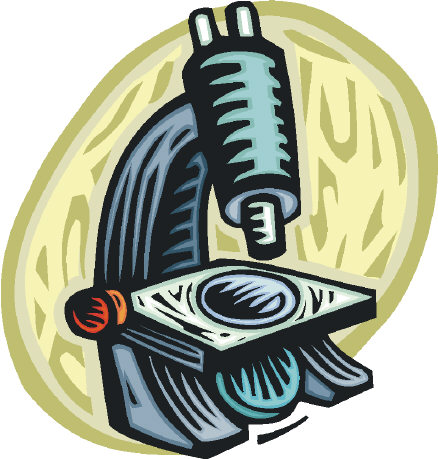UPDATE: Just found out that Peter Woit anticipated me on this -
see his blog entry.
---
Just five years ago, on the eve of the start of the Large Hadron Collider, most particle physicists - experimentalists and theorists alike - would have been willing to bet their left testicle or ovary on the fact that new physics would very soon be discovered, most likely Supersymmetric particles (if a suitable payoff had been offered in exchange).
I have reported about the studies of resonances in the decays of the B+ meson by CDF, CMS, and LHCb a few times in the recent past. The situation, in a nutshell, was the following until yesterday: CDF found a new particle, the Y(4140), as a resonant (J/ψ φ) intermediate state produced when B+ mesons decay into a J/ψ, a φ, and a positive kaon; CDF also saw some evidence for a further excitation of the same two-body system; CMS confirmed the CDF claims, finding observation-level significance for both states; and LHCb did not confirm either of the two.
Furthermore Belle, a B-factory experiment studying electron-positron collisions, also found no evidence for the Y(4140) state.
The ATLAS Collaboration
published last week the results of a search for dark matter particles produced in association with a W or Z boson by the 8-TeV proton-proton collisions collected during the 2012 run of the Large Hadron Collider. The search uses techniques similar to ones I have described in recent articles here discussing results of the CMS experiments on different new physics signatures, and I thought it would be interesting to review it here.
Three weeks ago I gave a plenary talk at the
2nd International Conference on New Frontiers in Physics, which was held in Kolymbari, in the greek island of Crete. The talk focused on some of the most interesting new results by the CMS Collaboration, but being just 30' long it only contained a summary of these. The purpose of the talk was primarily that of advertising the many talks on specific physics topics -Top, Higgs, Exotica, QCD- which were given by some of my colleagues in the parallel sessions; however I was able to show and discuss some nice new measurements myself.
 Living At The Polar Circle
Living At The Polar Circle Conferences Good And Bad, In A Profit-Driven Society
Conferences Good And Bad, In A Profit-Driven Society USERN: 10 Years Of Non-Profit Action Supporting Science Education And Research
USERN: 10 Years Of Non-Profit Action Supporting Science Education And Research Baby Steps In The Reinforcement Learning World
Baby Steps In The Reinforcement Learning World








 Last week I met Marek Karliner at the ICNFP 2013 conference in Crete, where we both enjoyed a nice friendly atmosphere, great food, and a wonderful peaceful location. Professor Marek Karliner is the chair of the Institute of Theoretical Physics of Tel Aviv in Israel. Since he agrees that outreach in physics is an important service that researchers should provide to the community, I was able to convince him to write for this blog the short article which you find below, on the interesting topic of baryons containing two heavy quarks - TD.
Last week I met Marek Karliner at the ICNFP 2013 conference in Crete, where we both enjoyed a nice friendly atmosphere, great food, and a wonderful peaceful location. Professor Marek Karliner is the chair of the Institute of Theoretical Physics of Tel Aviv in Israel. Since he agrees that outreach in physics is an important service that researchers should provide to the community, I was able to convince him to write for this blog the short article which you find below, on the interesting topic of baryons containing two heavy quarks - TD.
